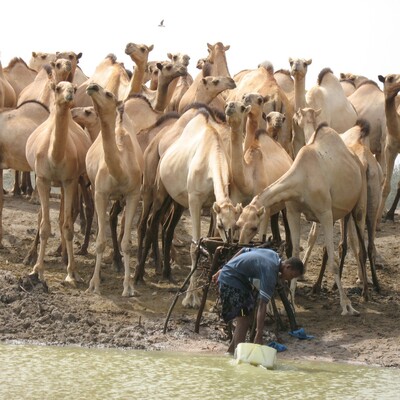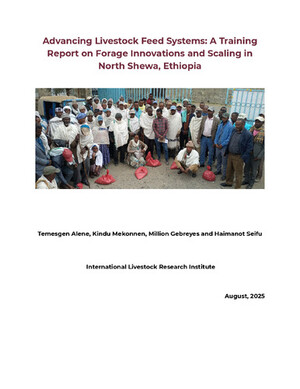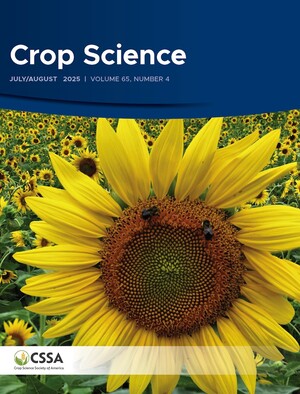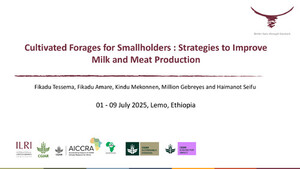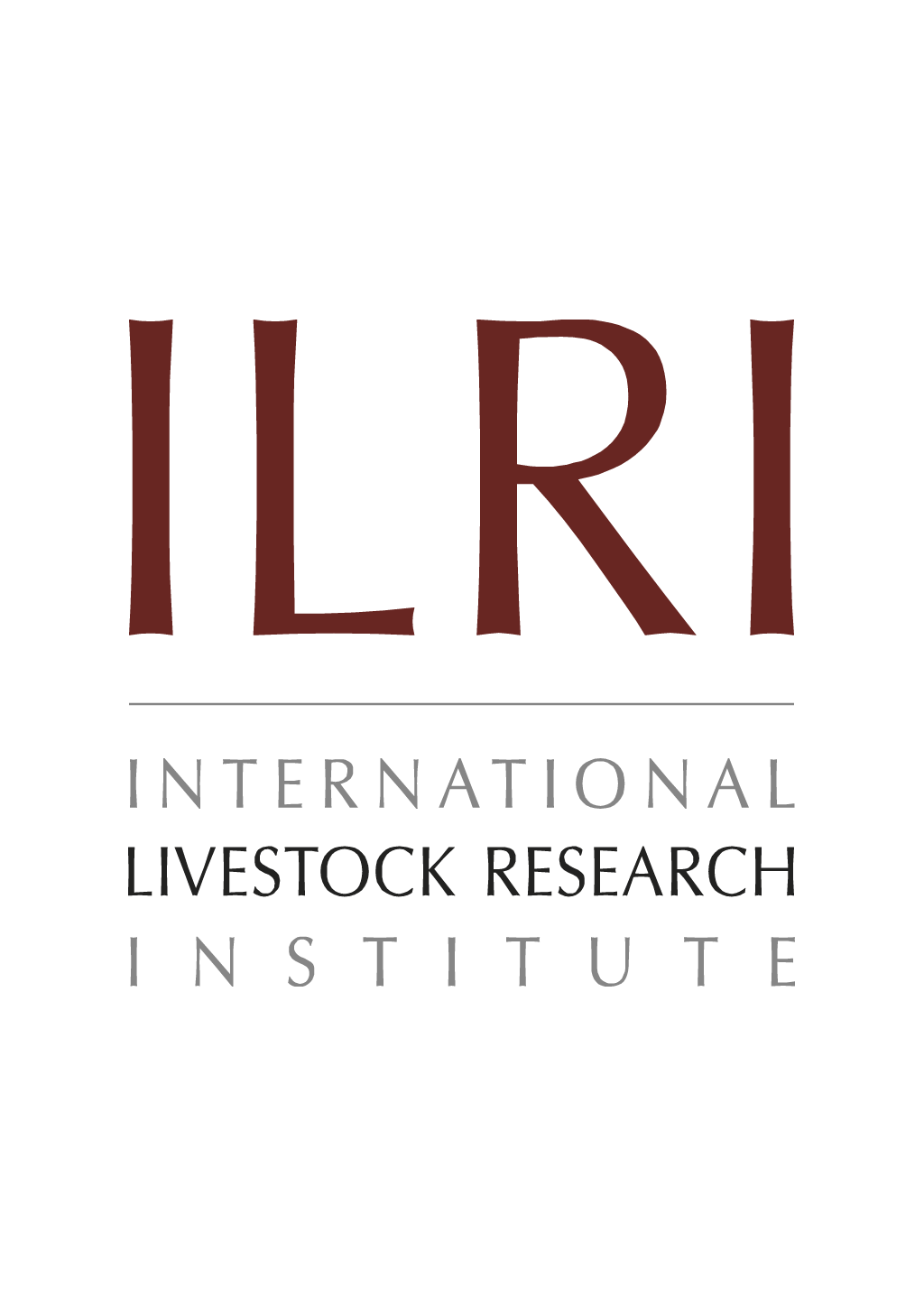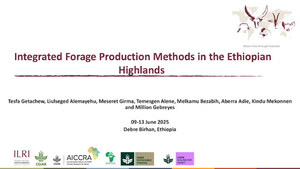
The economics of village cattle production in a tsetse infested area of southwest Ethiopia
Abstract
Cattle raised in the Ghibe valley of southwest Ethiopia are exposed to medium to high levels of trypanosomiasis risk and are often given trypanocidal drugs. A benefit-cost analysis was undertaken to evaluate the financial and economic returns generated by cattle raised in the area under a systematic regime of drug therapy. The results show that, despite the high level of trypanosomiasis risk and the prevalence of drug-resistant trypanosomes, cattle production can generate attractive economic returns for herd owners and the overall Ethiopian economy. Sensitivity analyses show that most herd owners would continue to obtain good returns on their investments even if they paid higher prices for trypanocidal drugs and the full costs of veterinary services.
Citation
Preventive Veterinary Medicine;22(3): 183-196


